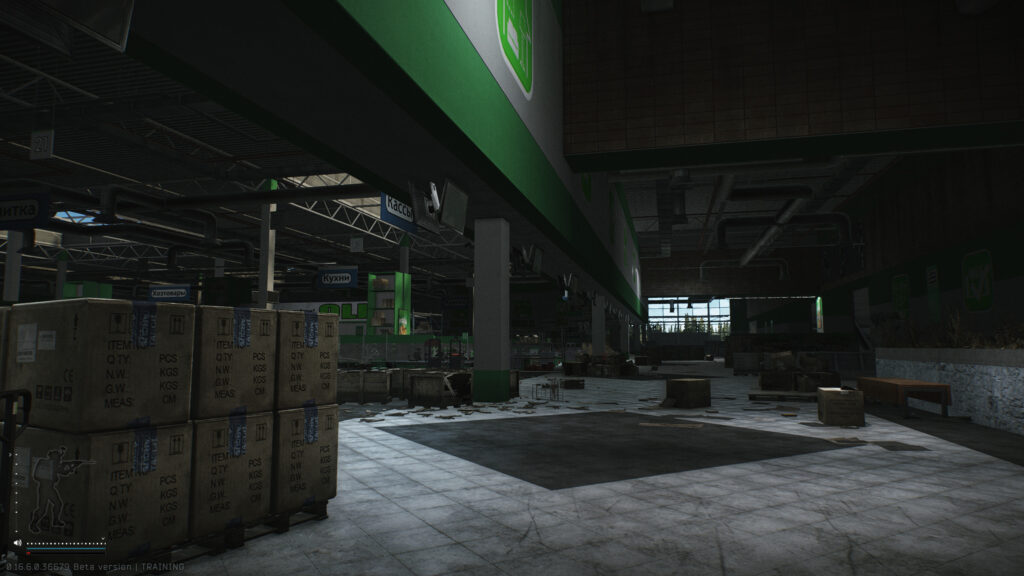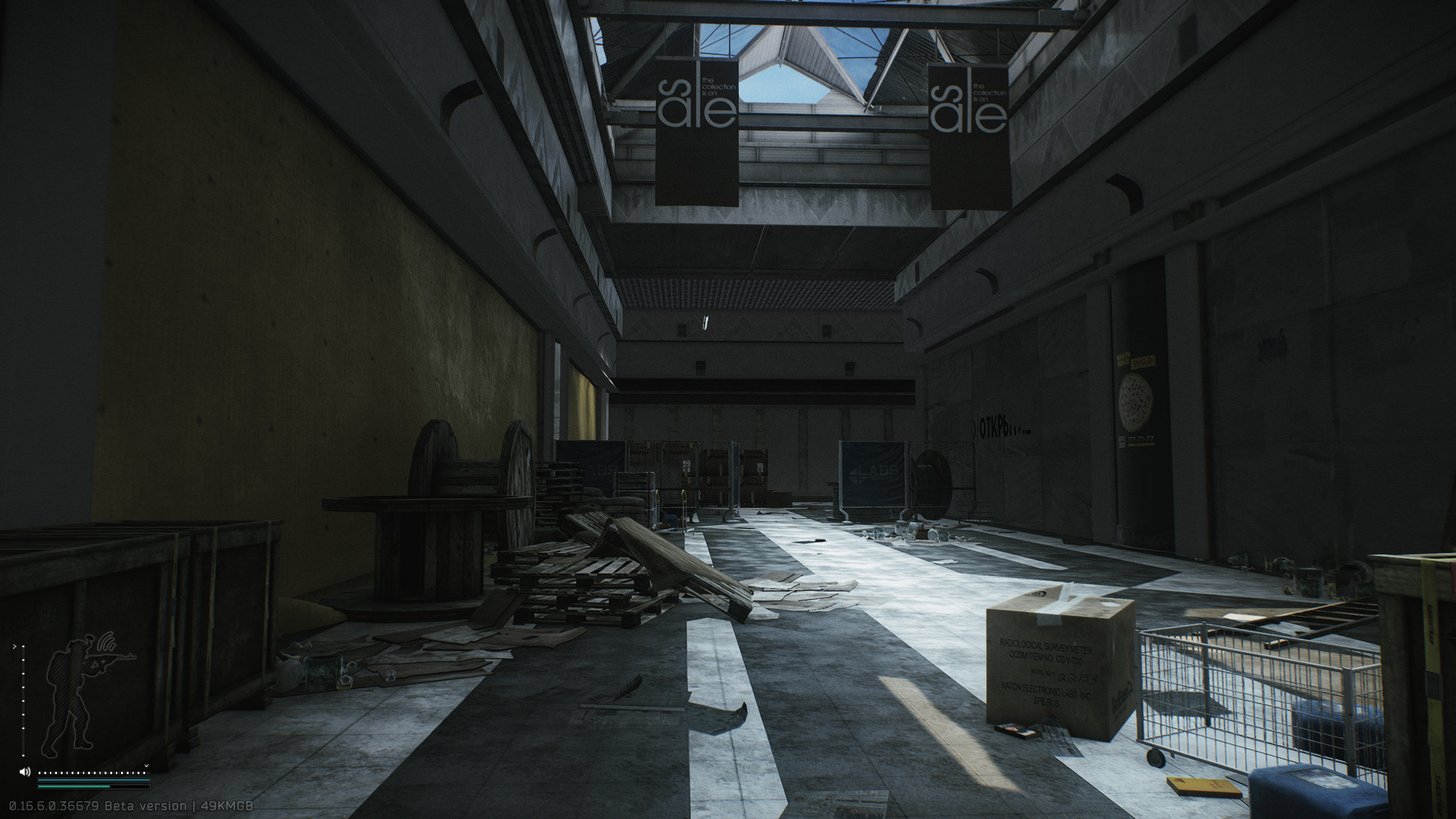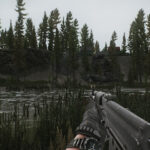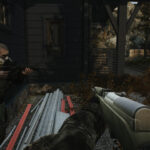Understanding the interplay between armor and ammunition penetration is fundamental to surviving PvP encounters in Escape from Tarkov. Every bullet has distinct penetration power and damage characteristics that determine its effectiveness against different armor classes.
Armor comes in multiple tiers—ranging from soft body armor (Class 2) to reinforced rigs (Class 6) and specialized protective gear. This article dives into the mechanics of how penetration is calculated, how armor reduces damage, and how to choose the optimal ammo for each combat scenario. With this knowledge, you’ll make informed decisions about loadouts, maximize your damage potential, and improve your chances of walking away from firefights with minimal damage.
1. Armor Classes and Their Protective Values
In Tarkov, armor is ranked from Class 2 through Class 6, each offering increasing levels of damage reduction at the cost of weight and ergonomics: Class 2 (e.g., PACA Soft Armor) provides basic protection against handgun rounds but is nearly ineffective against rifle fire. Class 3 (e.g., 6B23-1) is capable of stopping many mid-tier rifle rounds at close range. Class 4 (e.g., Fort Armor) resists most common 5.56×45mm and 5.45×39mm rounds, while Class 5 (e.g., Gen4 Full Protection) can stop most rifle ammunition except high-end AP rounds. Finally, Class 6 (e.g., Tactec 6B43) provides the highest ballistic resistance—only specialized ammunition like .366 TK-M or 7.62×51mm M61 can reliably penetrate. Armor pieces also have durability values—each successful hit reduces durability until the armor is fully degraded, at which point it no longer offers ballistic protection. Choosing the right armor class hinges on your expected opponents: if you anticipate facing mid-tier PMCs, Class 4 offers good protection for the price, whereas endgame players wearing Class 6 must rely on the rarest AP rounds to deal significant damage.
2. Ammo Penetration Power and Armor Damage Calculations
Ammunition in Tarkov has numeric penetration values (PP) and armor damage percentages (AD%). When a bullet strikes armor, the game compares the round’s PP against the armor’s effective durability threshold. If PP exceeds the armor’s current durability and material type threshold, the round penetrates, applies post-penetration damage to the target’s health, and reduces armor durability by the AD% value. If PP is below the threshold, the bullet ricochets or is stopped, applying only a fraction of its damage or none at all.

For instance, 5.45×39mm BT rounds typically have a PP around 49 and AD% of 35—enough to defeat Class 4 armor at close range but struggling against Class 5. Conversely, 7.62×51mm M61 has a PP of 67 and AD% of 50, ensuring consistent penetration of Class 5 and even Class 6 at moderate ranges. Understanding these metrics allows you to calculate effective damage: when facing fortified opponents, select ammo with PP at least 10–15 points higher than their armor’s durability rating to account for range falloff and armor degradation. This ensures a higher chance of a one- or two-shot kill rather than multiple over-penetration attempts.
3. Armor Damage and Durability: Wear and Tear Over Time
Armor in Tarkov doesn’t provide infinite protection. Each piece has a durability gauge—when hits occur, the armor’s durability decreases by the attacking round’s AD% until the piece breaks. The table below illustrates how many hits of various ammo types are required to fully degrade specific armor classes:
| Ammunition | PP | AD% | Hits to Degrade Class 3 | Hits to Degrade Class 4 | Hits to Degrade Class 5 | Hits to Degrade Class 6 |
|---|---|---|---|---|---|---|
| 5.45×39mm PS (PP 29) | 29 | 20 | 5 | 6 | — (no penetration) | — (no penetration) |
| 5.45×39mm BT (PP 49) | 49 | 35 | 3 | 4 | — (no penetration) | — (no penetration) |
| 7.62×39mm BP (PP 56) | 56 | 45 | 3 | 3 | 5 | — (no penetration) |
| 5.56×45mm M855A1 (PP 50) | 50 | 38 | 4 | 5 | 8 | — (no penetration) |
| 7.62×51mm M61 (PP 67) | 67 | 50 | 2 | 3 | 5 | 8 |
| .366 TK-M FMJ (PP 78) | 78 | 20 | 2 | 2 | 3 | 6 |
For example, it takes approximately three hits of 7.62×39mm BP to degrade one piece of Class 4 armor, whereas Class 5 requires five hits. Once durability falls below certain thresholds, previously non-penetrating ammo (like 5.56×45mm M855A1) may begin partially penetrating. Always monitor your targets’ armor condition: if you notice hole indicators (armor icon turning red), follow up with additional shots or switch to higher-penetration ammo to finish them off. Early in a raid, expect enemies to have near-full durability—plan accordingly by using AP rounds first to break armor swiftly.
4. Armor Materials and Special Properties
Not all armor behaves identically, even within the same class. Armor composition affects resilience and special attributes:
- Ceramic Composite (e.g., Fort, Gen4): Offers high multi-hit performance with moderate weight. Ceramic layers shatter bullet tips, increasing chances of spalling (fragments) that still damage flesh after penetration.
- Steel Plate (e.g., 6B43, 6B47): Extremely durable against multiple hits—especially from lower-penetration rounds. Steel can deflect bullets at oblique angles, causing ricochets. However, steel tends to have higher weight and significantly reduces ergonomics.

- Aramid Fiber (e.g., PACA Soft Armor): Lightweight and agile, designed mostly for pistol rounds and shotgun buckshot. Fails quickly against rifle calibers—best used as an under-armor liner for mobility rather than primary protection.
- Specialty Fabrics (e.g., 6B43-1): Some armors blend materials, offering improved durability against specific calibers. For instance, the 6B43-1 resists 5.45×39mm VM61 rounds better than standard 6B43, making it ideal against mid-tier opponents.
Choosing armor isn’t just about class rating; weight, ergonomics, and material-specific resistances shape your loadout. If facing a Woods raid filled with Scav Snipers, balancing a lighter Class 4 for mobility may outperform a heavier Class 5 that hinders vantage positioning. Conversely, entering Reserve with known high-tier PMCs wearing Class 6, equipping armor that best resists .366 TK-M (rare bullets but lethal) may pay off. Always consider both the armor’s bullet economy—how many hits it survives—and its fit with your overall build.
5. Practical Examples: Selecting Ammo for Common Scenarios
Below are a few typical situations and the recommended ammo choices based on expected enemy armor:
- Early-Wipe Customs Scav Run: Expect AI Scavs wearing minimal armor (Class 2–3). Use 7.62×39mm PS rounds (PP 37) for reliable penetration of soft armor while keeping recoil manageable for quick follow-up shots.
- Mid-Wipe Interchange PMC Engagement: Opponents often wear Class 4 armor (Fort). Switch to 5.45×39mm BT (PP 49) or 7.62×51mm M61 (PP 67) in your DMR to ensure multi-hit kills and degrade armor rapidly.
- Late-Wipe Reserve Raid: High-tier opponents typically use Class 5 or 6. Arm yourself with .366 TK-M FMJ or 7.62×51mm M61 to overmatch armor; if weight permits, carry extra magazines due to high armor durability requiring multiple hits.
- Stealth Factory Run Against PMCs: Enemies may have mixed gear—some unarmored, some lightly armored. Use 9×39mm SP-6 rounds (PP 41, suppressed) in your AS VAL for silent penetration of Class 4 at close range, ensuring one- or two-shot kills without alerting distant foes.
6. Armor Durability Management During Raids
Monitoring and maintaining your own armor is just as crucial as understanding enemy gear. Armor durability degrades each time you’re shot, reducing protection over time. To manage this:
- Regular Condition Checks: After every firefight, inspect your armor’s durability meter—if it’s below 50 percent and you expect further combat, consider replacing it at a trader or purchasing a new one on the Flea Market between raids.
- Armor-Centric Playstyle: When wearing mid- to high-tier armor, adopt a more defensive playstyle. Position yourself behind solid cover to reduce the number of incoming hits and stretch the armor’s durability over multiple engagements.
- Armor Repair vs. Replacement: Tarkov does not allow in-raid armor repairs, so factor in the cost of replacing damaged armor. If durability drops below 30-40 percent, it’s often more cost-effective to extract early—losing armor on death can be more expensive than simply extracting with worn gear.
- Use Soft Armor as Backup: Carry a cheap soft armor in your secure container as a backup. In case you extract with broken plates, you can quickly equip soft armor next raid to avoid being completely unprotected.
Conclusion
Mastering armor and penetration mechanics in Escape from Tarkov gives you a decisive edge in every firefight. By selecting the appropriate armor class for your intended engagement, choosing ammunition with sufficient penetration power, and managing your armor’s durability throughout a raid, you’ll increase your odds of winning armored duels.
Remember that no single piece of armor is invincible—each must be matched with the right ammo type and playstyle. Continually apply this knowledge in offline training to test how different rounds affect various armor classes before risking those rounds in live raids. With a solid grasp of these principles, you’ll transform from a frustrated beginner into a savvy operator, making every shot count and every piece of armor strategically chosen.






Leave a Reply